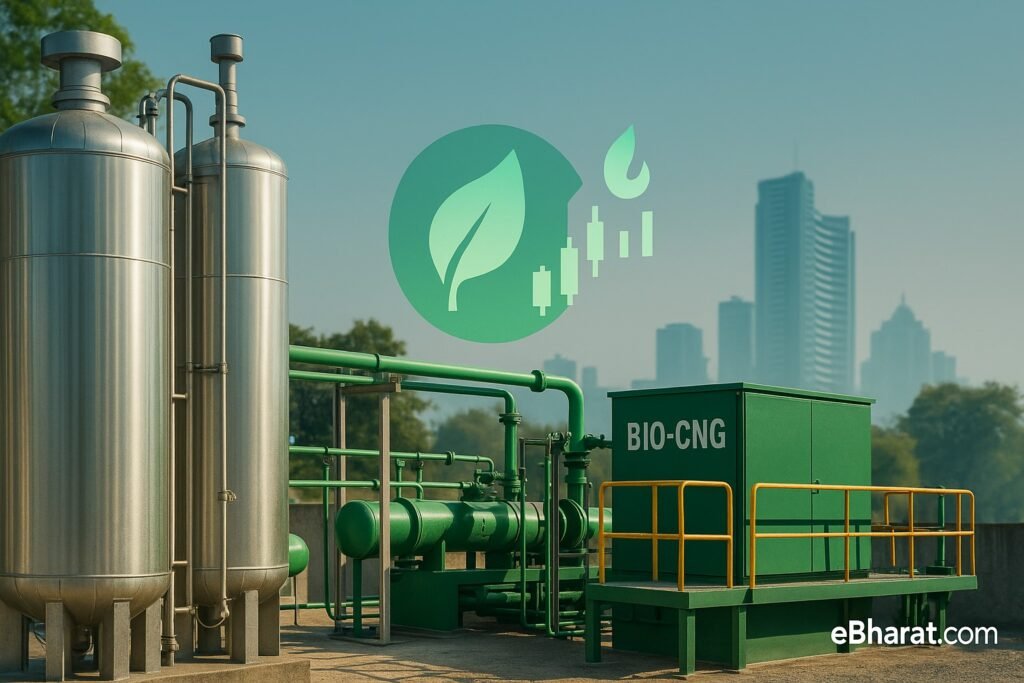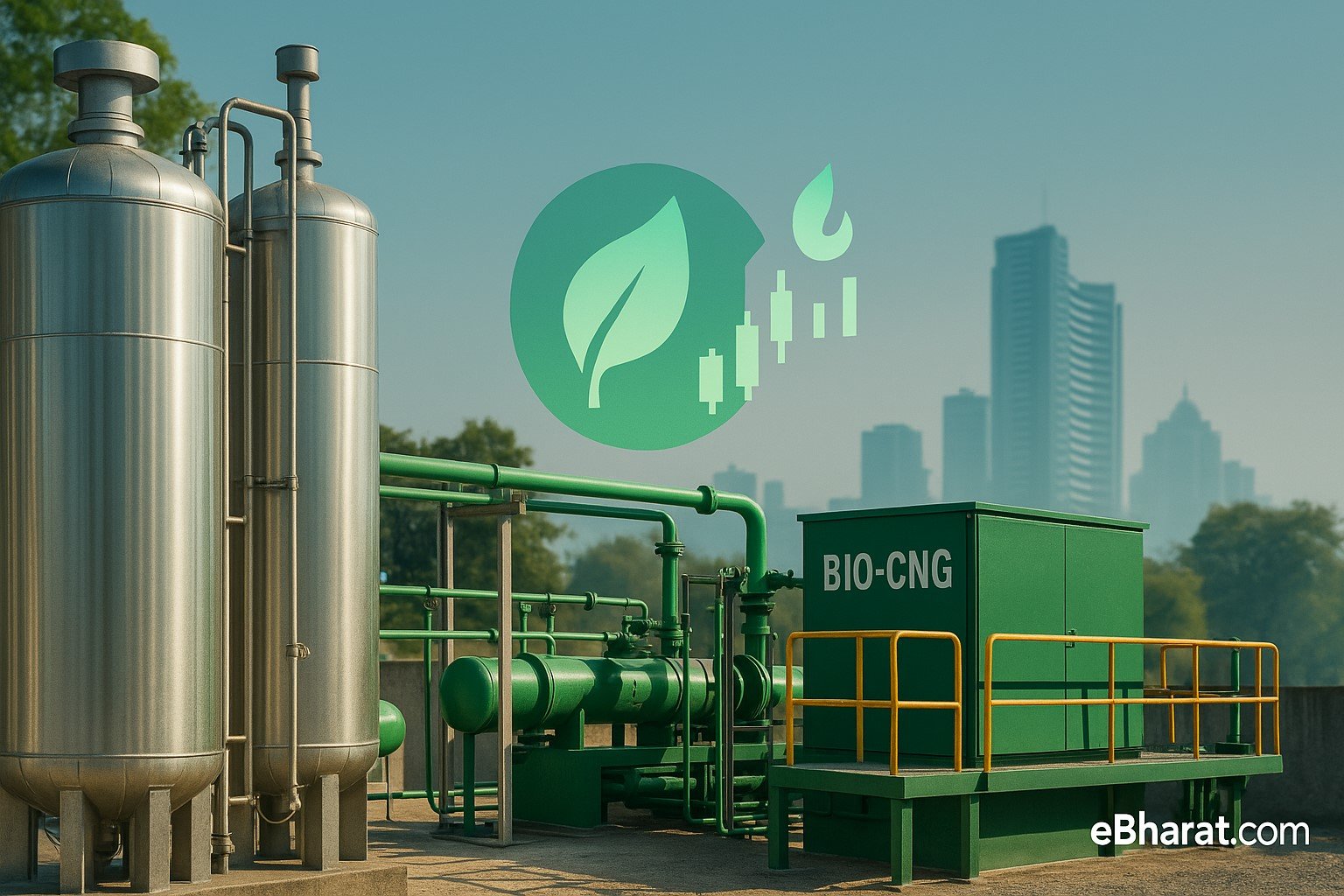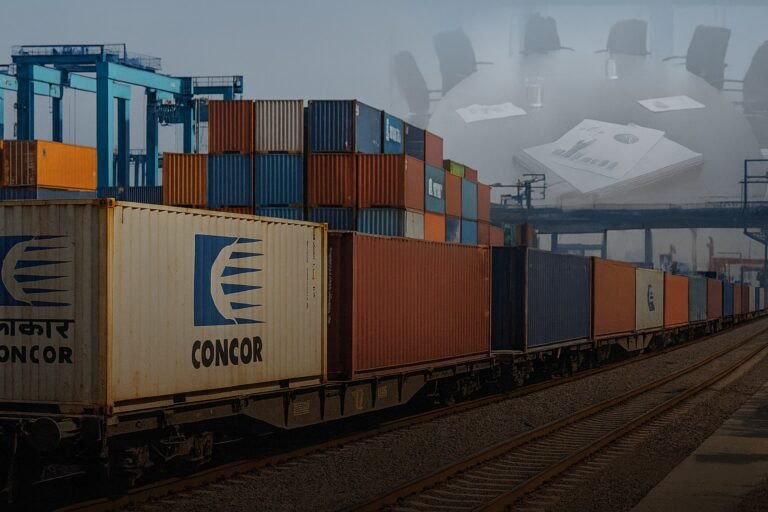
Chennai | Oct 9, 2025, 10:00 IST — Clarke Energy has commissioned India’s first membrane-based biogas upgrading facility on the outskirts of Chennai, marking a major step forward in the country’s renewable gas sector. The project introduces European-standard upgrading technology into India’s clean energy ecosystem, with the potential to accelerate bio-CNG adoption across the country.
First-of-its-Kind Facility
The new plant uses membrane separation technology to purify raw biogas produced from organic waste streams. By separating carbon dioxide and other impurities, the system delivers biomethane with over 97% purity.
This upgraded renewable gas can be injected into existing natural gas pipelines or compressed into bio-CNG for transport use, offering a sustainable replacement for diesel and petrol. Clarke Energy officials said the facility demonstrates the company’s intent to play a larger role in India’s clean mobility and waste-to-energy goals.
“This is not only about technology, but about creating a template for replicable, scalable clean energy projects across India,” a company spokesperson noted.
Technology Edge
While India has several conventional biogas plants, the Chennai upgrader stands out because of its membrane-based design, which:
- Provides higher methane recovery rates compared to chemical scrubbing.
- Offers lower operating costs with minimal water or chemical usage.
- Delivers consistent quality renewable natural gas (RNG) that meets international standards.
Experts said membrane technology is widely used in Europe and the U.S., but this is the first time it has been adopted in India at a commercial scale.
Government Backing & Policy Context
The project aligns with the SATAT (Sustainable Alternative Towards Affordable Transportation) scheme, under which the Government of India aims to establish 5,000 bio-CNG plants by 2030. It also dovetails with India’s net-zero target for 2070, with a focus on reducing transport-sector emissions.
India generates nearly 350 million tonnes of municipal solid waste annually, much of which can be tapped for energy. Biogas upgraders like Clarke Energy’s create an avenue for converting organic waste into clean fuel, reducing landfill pressure and curbing methane emissions.
By the Numbers
| Metric | Details |
|---|---|
| Technology | Membrane-based separation |
| Output Fuel | Biomethane / Bio-CNG |
| Methane Purity | >97% |
| Location | Chennai, Tamil Nadu |
| Capacity | Several thousand m³/day |
| Applications | Pipeline injection, transport fuel |
Industry Impact
Analysts believe this could be a game-changer for India’s bio-CNG sector. With rising fuel demand and air quality concerns in cities, bio-CNG offers a domestic, low-carbon alternative.
“Clarke Energy’s commissioning shows that global renewable gas technology is now being localized for Indian conditions,” said an energy consultant. “If replicated across waste clusters, this could reduce fossil imports and improve energy security.”
The project also aligns with India’s ethanol and green hydrogen initiatives, creating a multi-pronged strategy for clean mobility.
Outlook
The Chennai project is expected to act as a demonstration model for state governments, municipalities, and private developers. Scaling up such facilities could help India cut oil imports, tackle waste management challenges, and provide farmers and urban bodies with new income streams.
Industry observers said the next phase will depend on financing models, off-take agreements with oil marketing companies (OMCs), and government incentives for green fuels.













